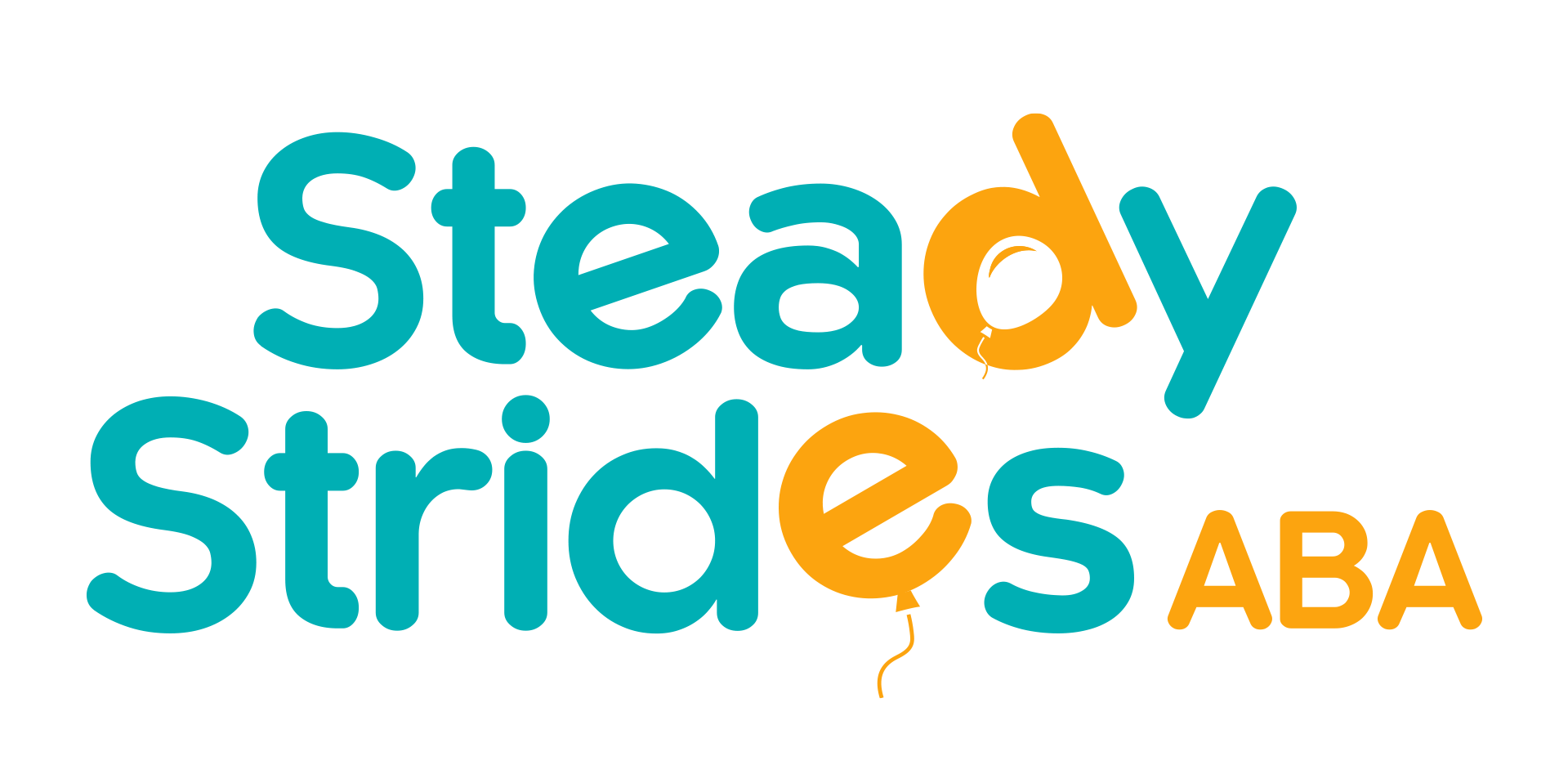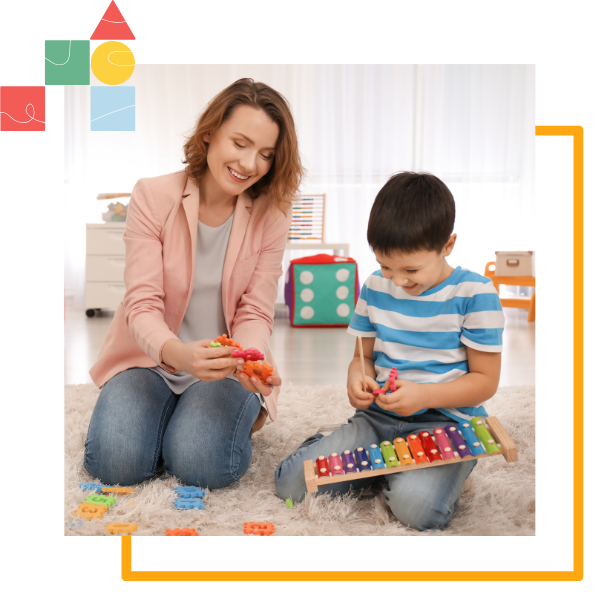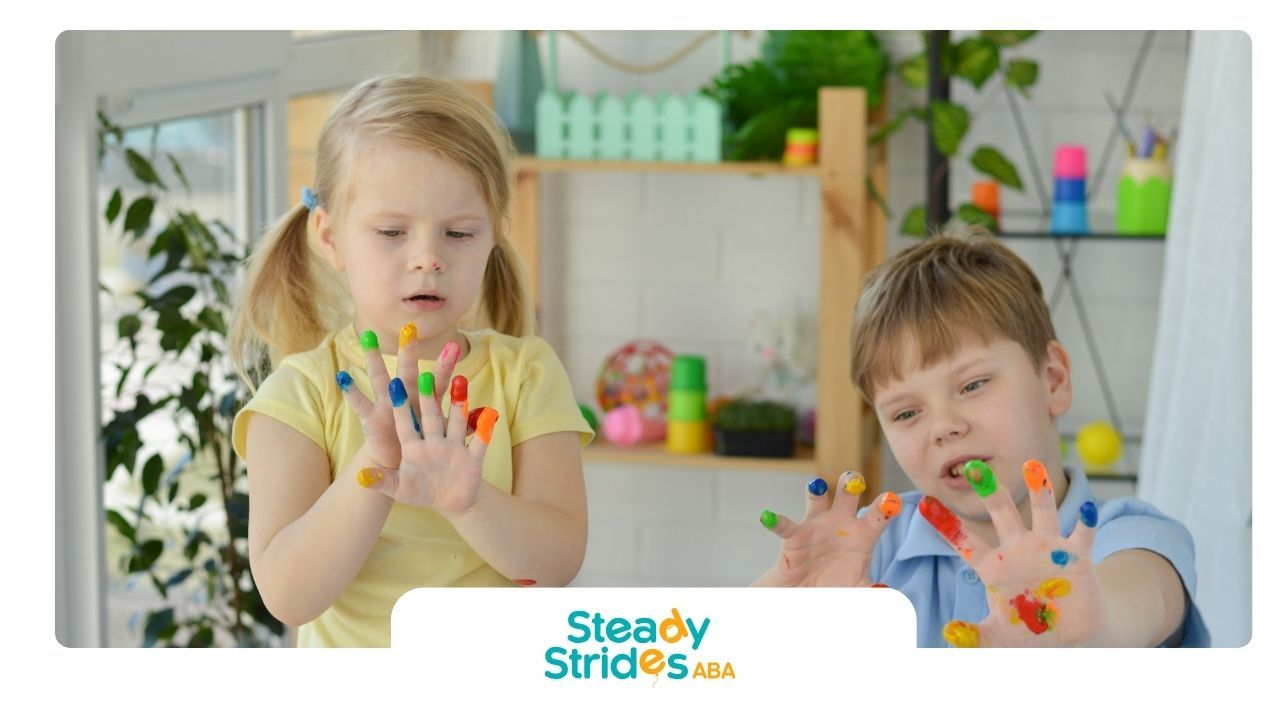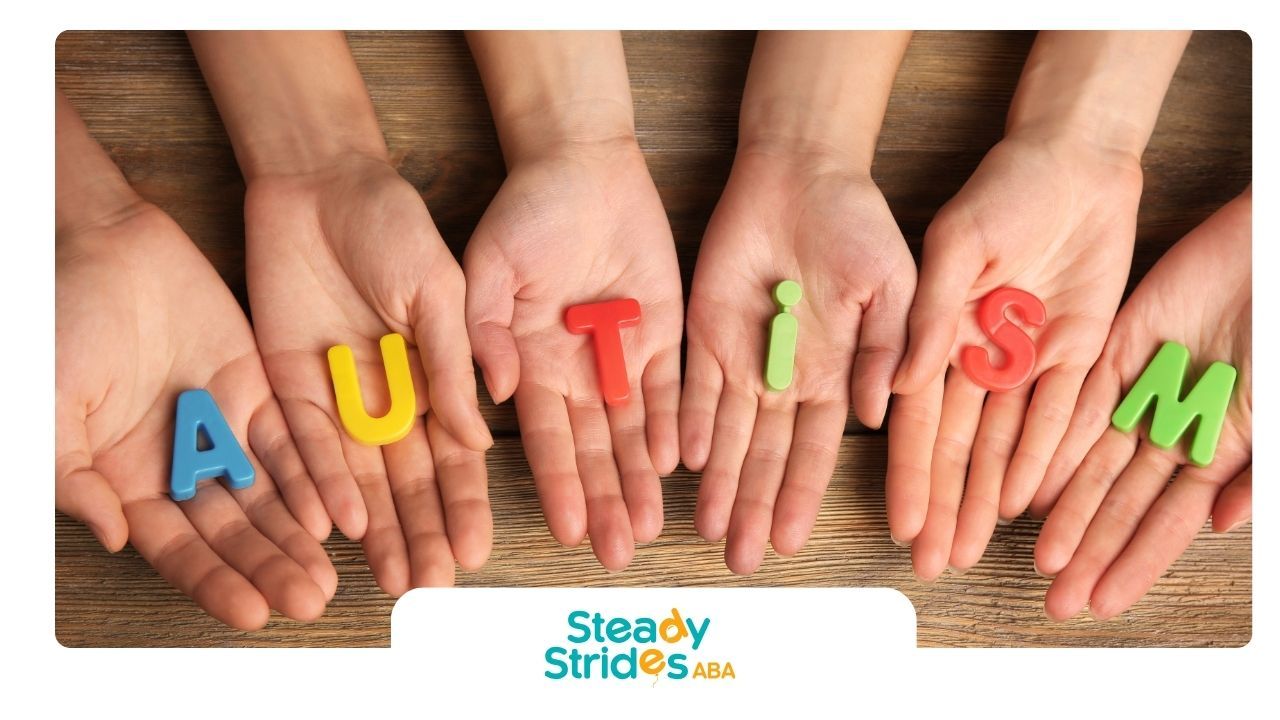Getting Love Languages Right
Love languages are a big deal in relationships, helping us show and feel love in ways that hit home. When it comes to autism, understanding these love languages becomes even more crucial. Let's break it down.
What's a Love Language Anyway?
Love languages are the ways people prefer to give and receive love. Gary Chapman, a relationship guru, came up with five main ones: words of affirmation, quality time, acts of service, physical touch, and receiving gifts. Everyone has their favorite, and knowing these can make your relationships way better.
Why Love Languages Matter
In any relationship, especially with someone on the autism spectrum, knowing their love language is key to connecting emotionally. For folks with autism, who might find expressing and understanding emotions tricky, love languages offer a clear way to communicate love and support.
People with autism might have unique sensory needs and ways of communicating. By tuning into their love language, we can make them feel loved and understood. This is super important because it helps build a supportive and accepting environment.
To dive deeper into how love languages work with autism, check out our next section: Love Languages in Autism.
Love Languages and Autism
Getting how love languages show up in people with autism is crucial for building strong relationships. Let's look at the challenges they face and how love languages can help.
Emotional Expression and Understanding
People with autism often find it tough to express and understand emotions. They might struggle with talking, reading social cues, and nonverbal communication, making it hard to show their feelings. This can be due to differences in brain development and sensory processing.
They might not pick up on emotions in themselves or others the same way neurotypical folks do. This can lead to misunderstandings and make forming emotional bonds harder.
But just because expressing emotions is tough doesn't mean they don't feel love. They might just need different ways to show and receive it.
How Love Languages Help
Love languages are a big deal for people with autism. Knowing and respecting their love language can boost their well-being and strengthen relationships. While love languages matter for everyone, they're especially important for those on the spectrum.
By figuring out and honoring someone's love language, friends, family, and caregivers can create a more supportive environment. This helps build meaningful connections and makes people with autism feel valued.
Remember, their love languages might be different from neurotypical ones. Some might prefer sensory experiences, while others might like specific types of communication.
By adapting to their love languages, we can create a more inclusive and fulfilling environment. Next, we'll look at how to identify and tailor love languages for people with autism.
Finding Love Languages in Autism
Figuring out the love languages of people with autism is key to building strong connections. Here's how to do it.
Watch and Talk
Observation is crucial. By watching their behaviors, preferences, and reactions, you can get a sense of how they express and receive love. Pay attention to how they respond to different actions and stimuli.
Communication is also important. Even if verbal communication is tough, nonverbal cues or alternative methods can offer insights. Talking with them, their families, and caregivers can help uncover their preferences and how they experience love.
Tailoring Love Languages
Everyone with autism is unique, so it's important to tailor love languages to their needs. Some might have sensory sensitivities that affect their preferences. For example, physical touch might be too much for some, while others might find it comforting.
Adapting love languages can mean finding new ways to show love. If talking is hard, visual supports, sign language, or assistive tech can help convey love meaningfully.
Remember, their love languages might be different from the usual ones. While words of affirmation, quality time, acts of service, physical touch, and receiving gifts are common, people with autism might have unique preferences.
By understanding their love languages, we can create environments that foster strong connections and promote emotional well-being. Observing, communicating, and adapting love languages helps build supportive relationships with people on the autism spectrum.
To learn more about expressing love in autism, visit our article on autism and love languages.
Love Language Tips for Autism
When it comes to love languages and autism, each person has their own way of giving and receiving love. Here are some tips for each love language that can work well for people with autism.
Words of Affirmation
Words can be powerful for people with autism. Here are some tips:
- Use clear and simple language to express love and appreciation.
- Give specific and genuine compliments to acknowledge their strengths.
- Use visual supports, like notes or picture cards, to reinforce positive affirmations.
Quality Time
Quality time is important. Here's how to make it count:
- Do activities they enjoy and align with their interests.
- Keep routines and schedules predictable to create a sense of security.
- Listen actively and give your full attention during interactions.
Acts of Service
Acts of service can show love in practical ways. Try these strategies:
- Help with tasks or chores that might be challenging for them.
- Break tasks into manageable steps with visual or written schedules.
- Give them chances to help others, fostering a sense of purpose.
Physical Touch
Physical touch can be tricky due to sensory differences. Respect their boundaries and preferences. Here are some tips:
- Offer gentle gestures like high-fives or fist bumps.
- Provide sensory-friendly options like weighted blankets or soft textures.
- Encourage them to communicate their comfort level with physical touch.
Receiving Gifts
Gifts might not be everyone's primary love language, but thoughtful gifts can still bring joy. Consider these tips:
- Pay attention to their interests when choosing gifts.
- Focus on sensory-friendly gifts that match their preferences.
- Encourage them to express gratitude for the gifts they receive.
Understanding and using the love languages that resonate with people with autism can boost their emotional well-being and strengthen relationships. Each person is unique, so their preferences might vary. By observing and communicating, we can tailor our expressions of love to meet their needs. For more info on autism and love languages, visit our article on autism and love languages.













